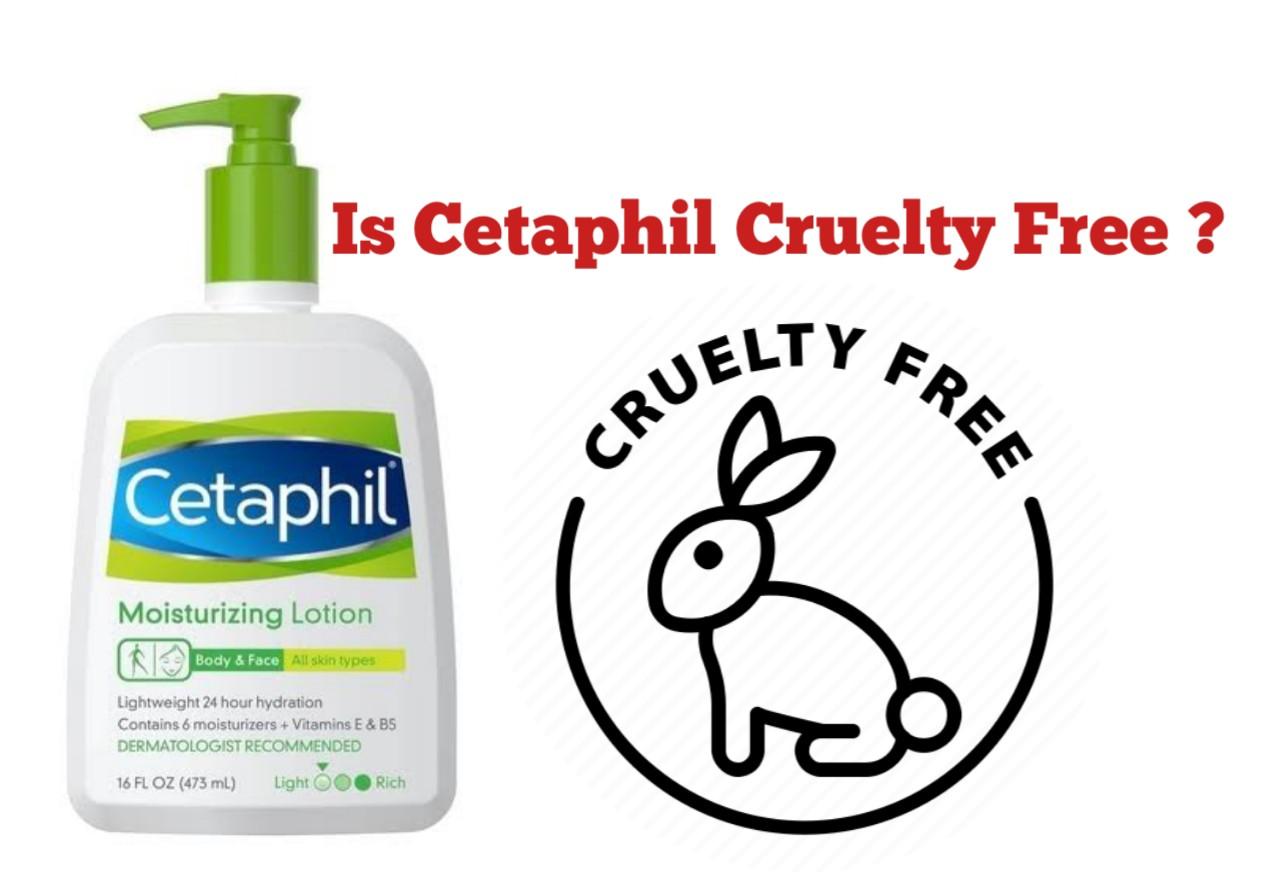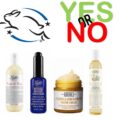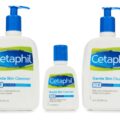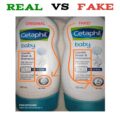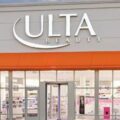As social and environmental consciousness becomes increasingly popular with consumers, many brands have started to label their products with certain buzzwords designed to appeal to such sensibilities. Labels like organic, all-natural, sustainable, and cruelty-free are now donning best-selling skincare and cosmetic products all over the marketplace. Unfortunately, the meaning of cruelty-free, or other such terms, has no standardized legal definition which allows brands to use these phrases at their own discretion and without qualification. So despite your best efforts, you may not be purchasing the conscientious product you think you are.
It can be hard to find great cosmetics or premium skincare without the cost of harming animals. Fortunately, there are a number of resources that have begun surfacing as a response to such labeling practices in an effort to identify those brands that are complying with specific guidelines.
Cetaphil is a skincare range specifically formulated for everyday cleansing, moisturizing, and protection of sensitive or dry skin. Cetaphil contains the following ingredients: Water, cetyl alcohol, propylene glycol, sodium lauryl sulfate, stearyl alcohol, methylparaben, propylparaben, butylparaben.
The manufacturers claim that their dermatologically tested skincare range with products for the face and body has healthy skin at its heart and is trusted and recommended by dermatologists and health and beauty insiders around the world. According to skincare enthusiasts, their global best-selling Gentle Skin Cleanser is often given ‘cult skincare’ status in the health and beauty press and has helped people with dry or sensitive skin to reveal healthier-looking skin.
Standard Definition of Cruelty-Free
According to Wikipedia, cruelty-free is a label for products or activities that do not harm or kill animals anywhere in the world. The term cruelty-free was first used in this way by Lady Dowding who persuaded manufacturers of fake furs to use the label Beauty Without Cruelty and went on to found the charity Beauty Without Cruelty in 1959. The term was popularised in the US in the 1970s by Marcia Pearson who founded the group Fashion With Compassion. Then, in 1998, the United Kingdom started a trend by banning all testing on animals. Many other countries followed their lead soon after.
According to the FDA, Consumers sometimes ask about the use of claims such as “Cruelty-Free” or “Not Tested on Animals” on cosmetic labeling. Some cosmetic companies promote their products with claims of this kind in their labeling or advertising. The unrestricted use of these phrases by cosmetic companies is possible because there are no legal definitions for these terms.
Some companies may apply such claims solely to their finished cosmetic products. However, these companies may rely on raw material suppliers or contract laboratories to perform any animal testing necessary to substantiate product or ingredient safety. Other cosmetic companies may rely on combinations of scientific literature, non-animal testing, raw material safety testing, or controlled human-use testing to substantiate their product safety.
Many raw materials, used in cosmetics, were tested on animals years ago when they were first introduced. A cosmetic manufacturer might only use those raw materials and base their “cruelty-free” claims on the fact that the materials or products are not “currently” tested on animals.
Benefits of Cruelty-Free Products
Here are six reasons why Cruelty-Free is becoming the new mainstream.
- Cruelty-Free products are generally healthier.
When you opt for products not tested on animals, you’re also ditching the bad chemicals like parabens, sulfates, and synthetic dyes. These cleaner cosmetics are better for your skin, which means less likelihood of breakouts, allergies, and inflammation. Companies that don’t want to harm animals, want to avoid hurting people too. Save the animals, and save your skin.
- It leads to more mindful beauty practices.
Narrowing your options to products not tested on animals leads to a better experience in the cosmetics aisle. Fewer choices lead to more mindful decisions and the opportunity to really consider if a product is a great addition to your routine. Overloaded bathroom drawers will be a thing of the past.
- Products aren’t just tested on mice.
Investigations show that mice aren’t the only furry critter subjected to cosmetic testing. Rabbits, cats, and even dogs are subjected to chemicals that we would never consider putting on our own pets. Lab animals are kept in small cages and often wind up maimed, blinded, or killed. It sounds a lot worse when “lab rats” aren’t actually rats.
- You have the power to create change.
By not purchasing your usual products and going with Cruelty-Free alternatives instead, you send the message that animal testing is wrong. When enough people take a stand, companies begin to change their practices, and Cruelty-Free becomes the standard. So put your money where your heart is. There are thousands of amazing brands that do not do animal testing – make the smart choice!
- Save money.
Many cruelty-free companies are also budget-friendly. From the high quality, amazingly affordable, there are so many great brands that do not do animal testing so you are saving animals and money at the same time.
- It’s not really necessary to test on animals.
There are over 7,000 cosmetic ingredients already proven to be safe. The only reason why companies would need to test on animals in the U.S. is during the development of new ingredients. Luckily, technology is creating more humane options for product testing. So stick to the safe stuff!
If these reasons aren’t enough to convince you that Cruelty-Free cosmetics are on the rise and here to stay, consider this: countries around the world have already banned animal testing. The European Union, Switzerland, India, Israel, South Korea, and New Zealand are just a few nations that have put the safety of animals and humans first. And this is one of those instances in which jumping on the bandwagon is a pretty great idea.
Is Cetaphil Cruelty-Free?
Based on our earlier definition, Cetaphil is not cruelty-free according to Cruelty-Free Only a global cruelty-free organization focused on increasing awareness about animal testing and animal-based products used in beauty products and putting an end to animal cruelty.
According to this organization, Cetaphil products are tested on animals by commissioning third parties to perform animal testing of Cetaphil products and agreeing to animal testing where required by law (e.g. in mainland China).
Brands that sell in mainland China and can’t provide evidence that their suppliers don’t test the ingredients on animals can’t be cruelty-free. In addition, brands that sell in physical stores in mainland China can’t avoid animal testing in any way as of 2021. Pre-market animal testing is required for all special-use imported products, and non-routine post-market testing on animals may also be done in cases of customer complaints. Therefore, they can’t be cruelty-free.
Conclusion
Cetaphil is owned by Galderma Laboratories, which is not a cruelty-free company. ALSO READ Is Cetaphil Good For Your Skin?

